All aboard: plans revealed for London's underground Mail Rail tunnels
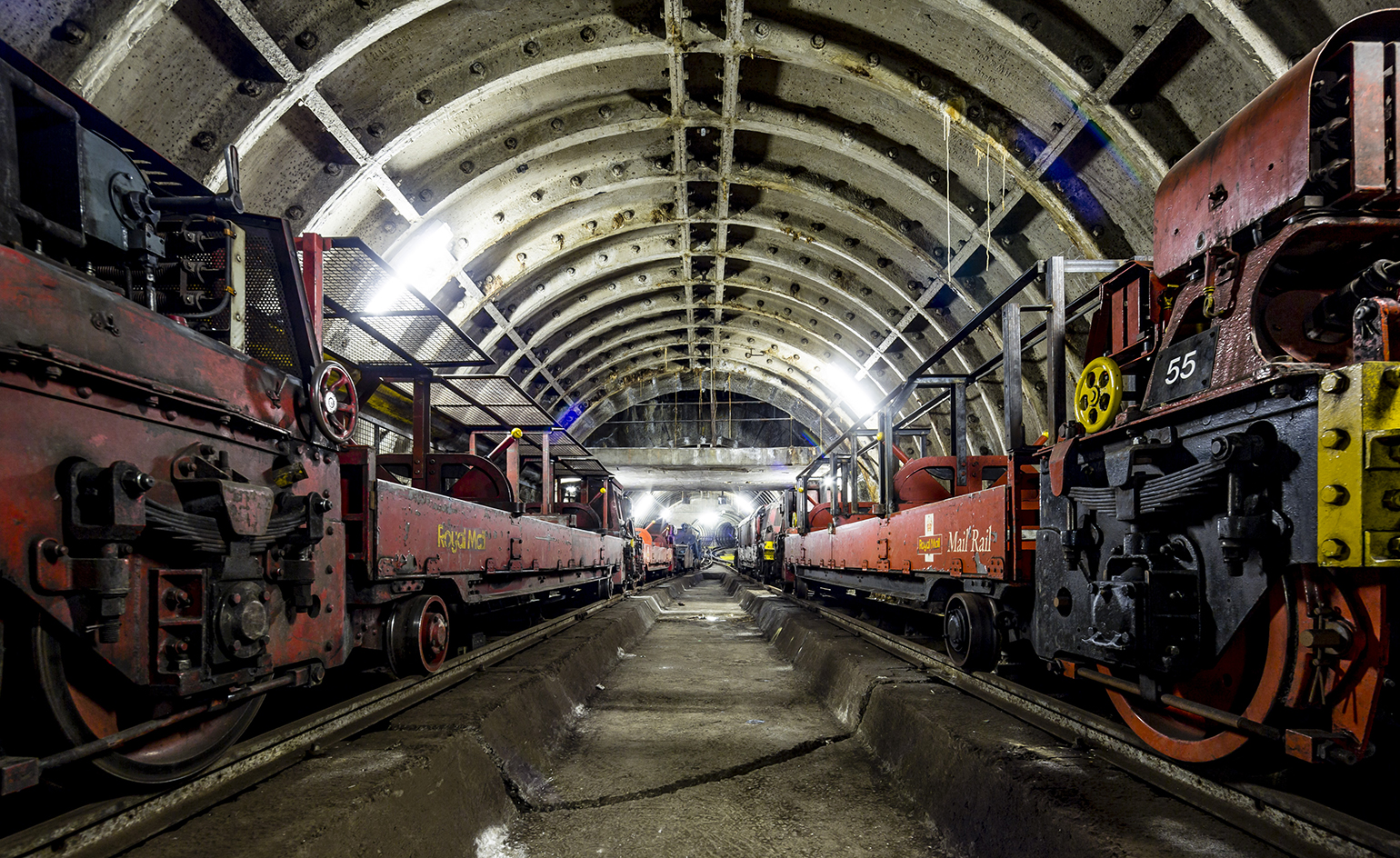
Located in the depths below the Mount Pleasant Mail Centre in Clerkenwell, the Royal Mail’s Mail Rail is one of London’s greatest subterranean secrets. A 6.5 mile long series of underground tunnels and railway lines, it transported post and packages from Whitechapel to Paddington from 1927 until 2003, all inter-linked and accessible from a series of sorting offices along the route.
It was notably the world's first driverless and electric railway. The initiative was sadly scrapped in 2003, and the workforce - once 200-strong - is now reduced to three people, who occasionally man the stations and carry out necessary engineering maintenance.
Things, however, are about the change. Thanks to the National Lottery's Heritage Fund, the Mail Rail has now received funding of £26m to construct an accompanying Postal Museum and to reopen a small section of the Mail Rail network and its facilities to celebrate this unique historical rail project.
The centre, due to open in 2017, will no longer be transporting mail, but will finally become accessible to the general public for the first time in its 100-year-old history, showcasing the rich legacy of the Royal Mail, while also offering the exciting opportunity to ride a 1km portion of the small scale tunnels.
The Postal Museum, set to located a short walking distance from the tunnel, will ‘reveal five centuries of British social and communications history’ viewed through the eyes of the postal service. Designed by Feilden Clegg Bradley Studios, the centre will provide temporary and permanent galleries, a learning hub, state-of-the-art research facilities and a post-themed, family play area, which hopes to attract 186,000 visitors and 10,000 students within the first year alone.
A groundbreaking opening ceremony, located underground within the Mail Rail network, has just been held to mark the start of construction, attended by director of postal heritage Adrian Steel, historian Dan Snow and Stuart Hobley of the Heritage Lottery Fund.
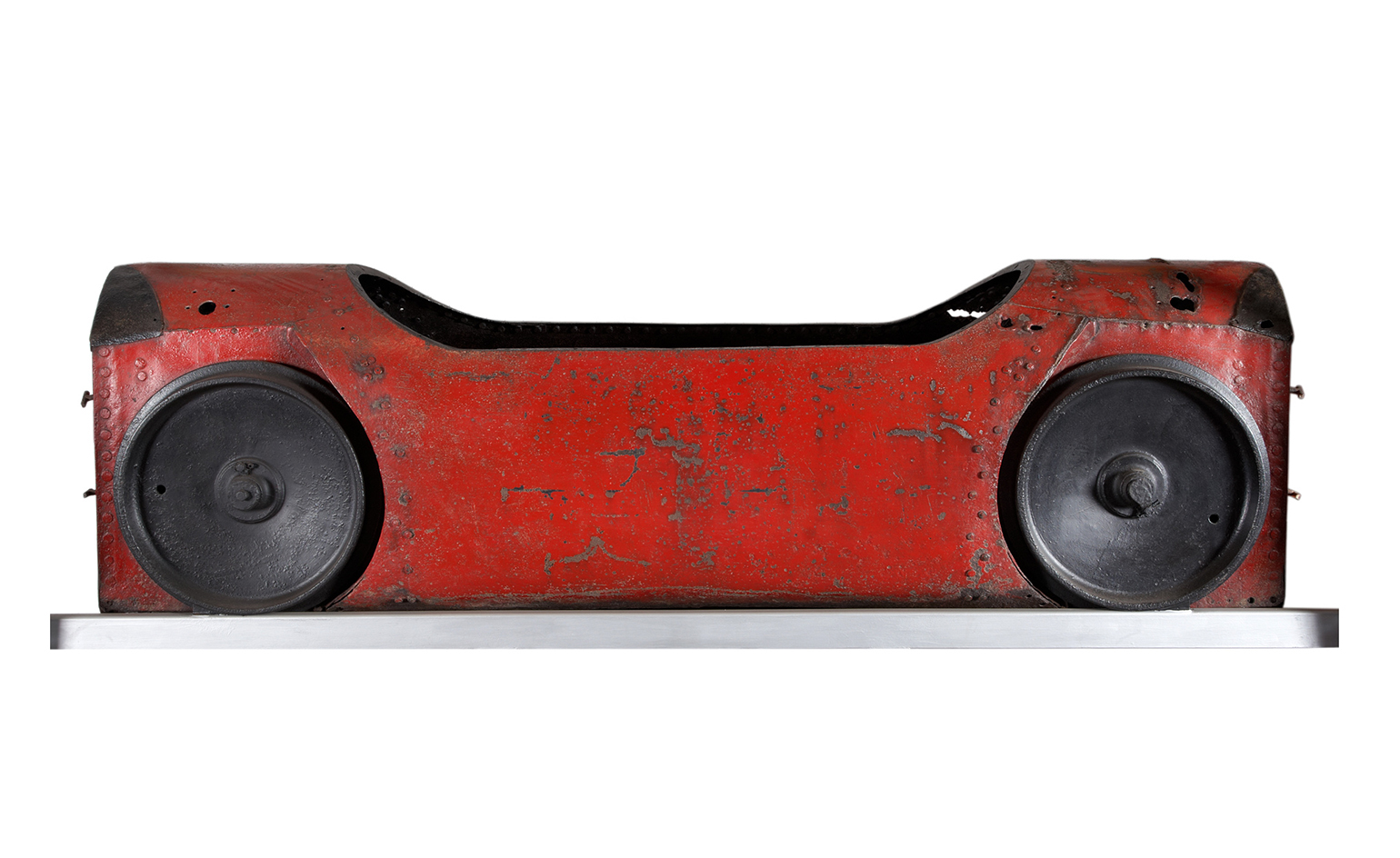
Pictured here, one of Royal Mail's old pneumatic wrought iron rail cars. These carriages ran on a previous temporary mail transportation system, located nine feet below ground at Euston station from 1863 until 1866
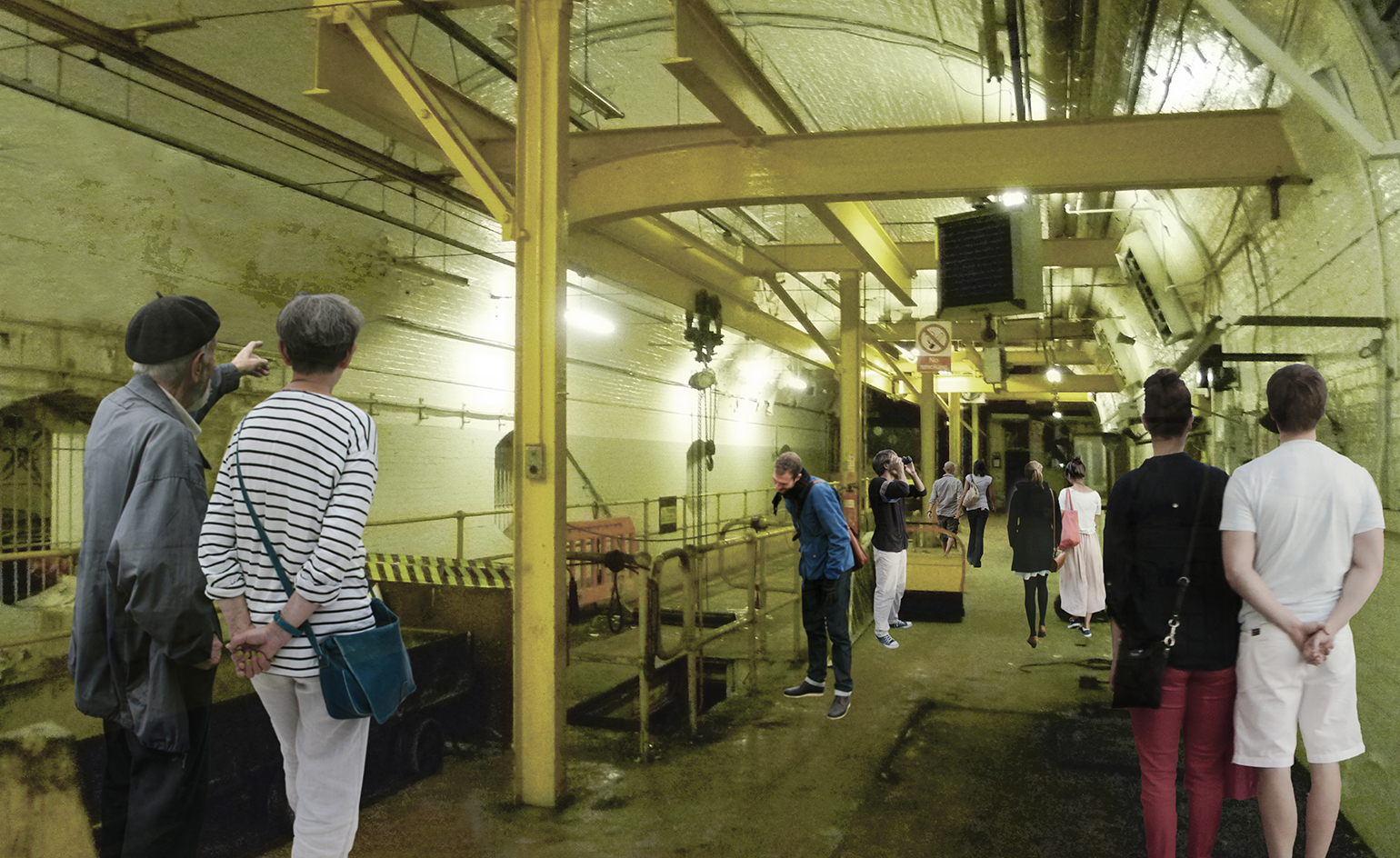
An insight into the Mail Rail's future interior space, showing the access visitors will have into the underground area. This has never been seen by the public in its 100 years of operation
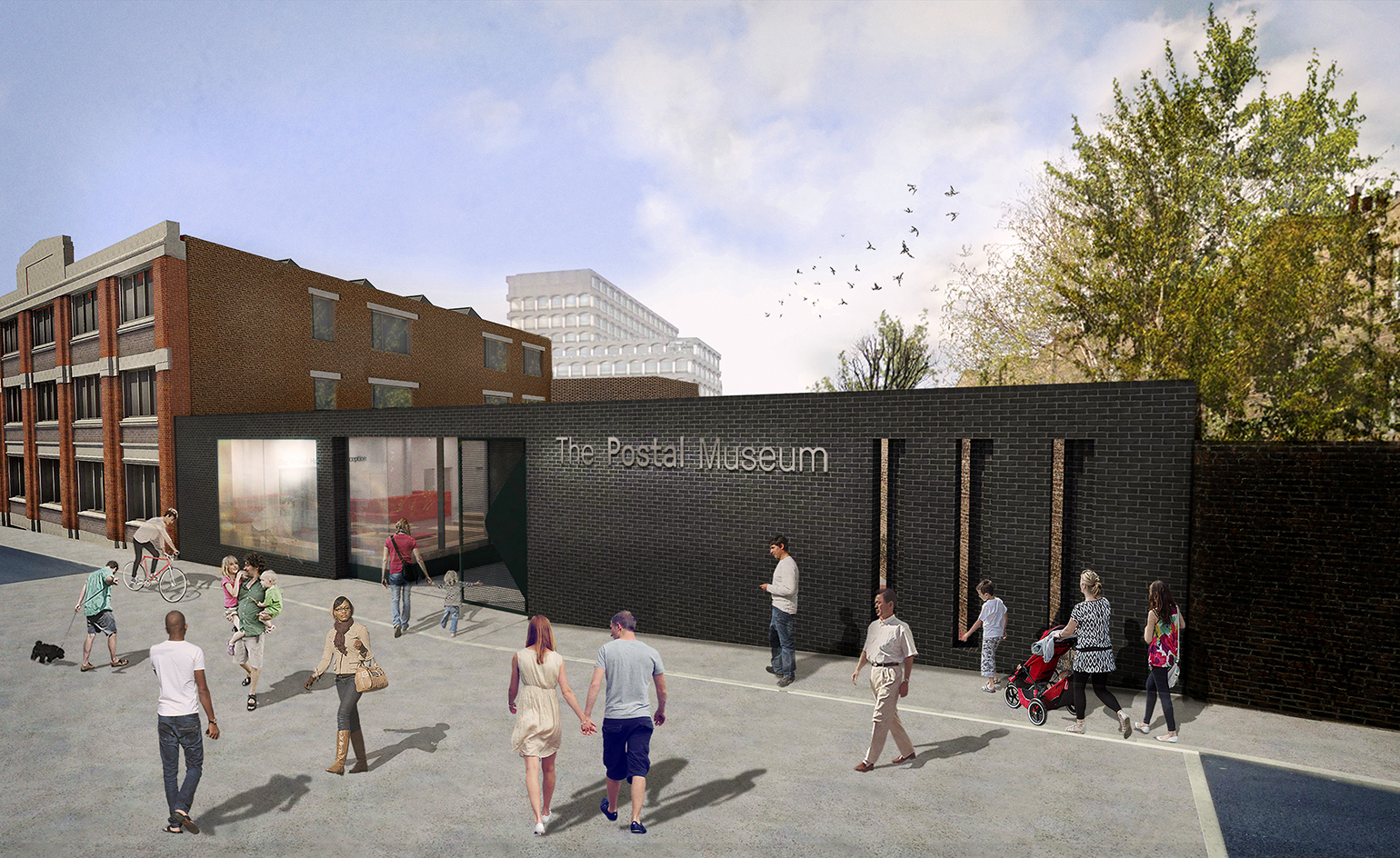
The upcoming Postal Museum will be located a short walking distance from the Mount Pleasant Mail Centre. It will include exhibits, a family play facility and a state-of-the-art research centre
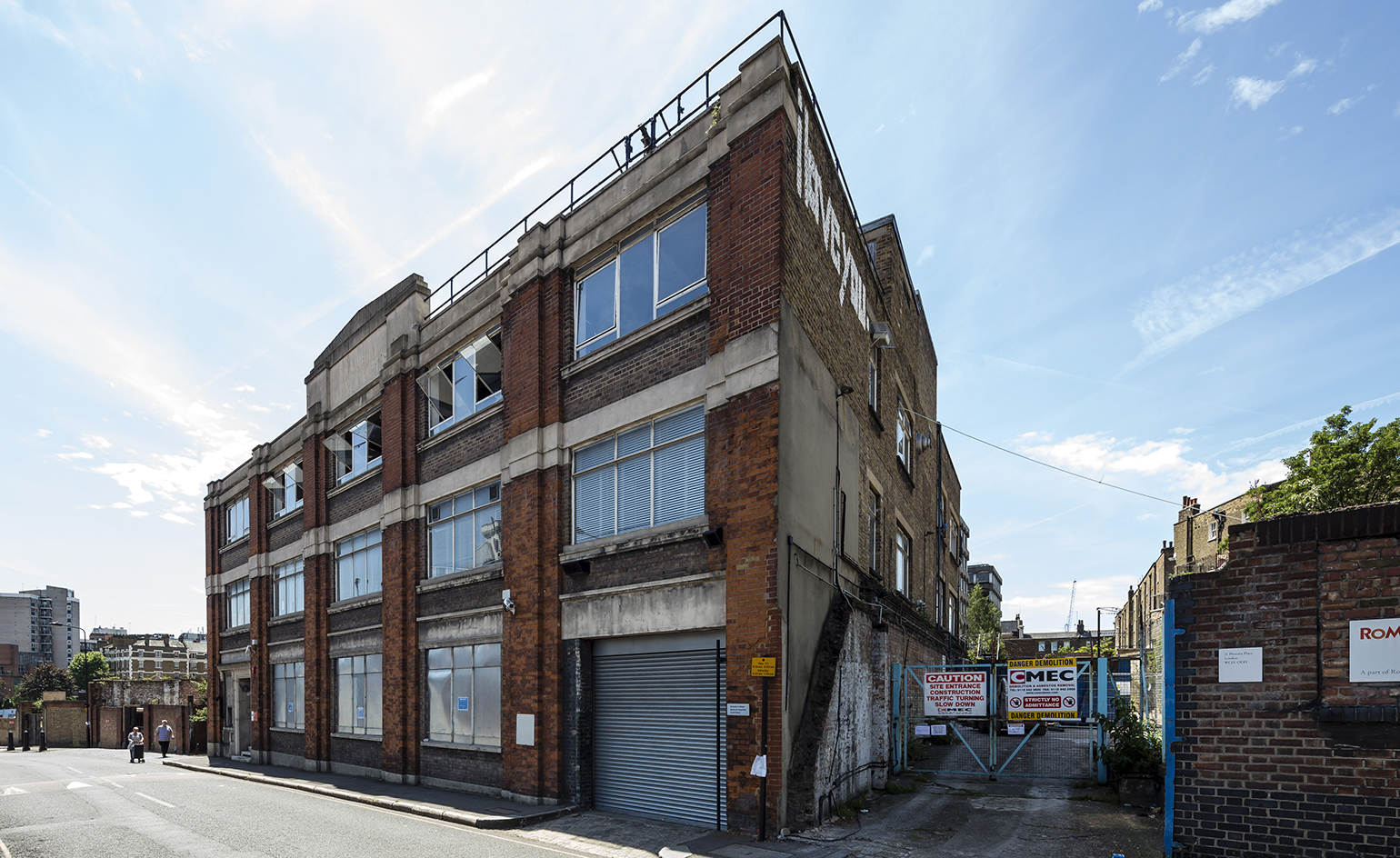
The Postal Museum will be housed in an existing building, which will be transformed by Feilden Clegg Bradley Studios
INFORMATION
For more information, please visit the Royal Mail website
Photography: Miles Willis, The Postal Museum
Wallpaper* Newsletter
Receive our daily digest of inspiration, escapism and design stories from around the world direct to your inbox.
-
 All-In is the Paris-based label making full-force fashion for main character dressing
All-In is the Paris-based label making full-force fashion for main character dressingPart of our monthly Uprising series, Wallpaper* meets Benjamin Barron and Bror August Vestbø of All-In, the LVMH Prize-nominated label which bases its collections on a riotous cast of characters – real and imagined
By Orla Brennan
-
 Maserati joins forces with Giorgetti for a turbo-charged relationship
Maserati joins forces with Giorgetti for a turbo-charged relationshipAnnouncing their marriage during Milan Design Week, the brands unveiled a collection, a car and a long term commitment
By Hugo Macdonald
-
 Through an innovative new training program, Poltrona Frau aims to safeguard Italian craft
Through an innovative new training program, Poltrona Frau aims to safeguard Italian craftThe heritage furniture manufacturer is training a new generation of leather artisans
By Cristina Kiran Piotti
-
 A new London house delights in robust brutalist detailing and diffused light
A new London house delights in robust brutalist detailing and diffused lightLondon's House in a Walled Garden by Henley Halebrown was designed to dovetail in its historic context
By Jonathan Bell
-
 A Sussex beach house boldly reimagines its seaside typology
A Sussex beach house boldly reimagines its seaside typologyA bold and uncompromising Sussex beach house reconfigures the vernacular to maximise coastal views but maintain privacy
By Jonathan Bell
-
 This 19th-century Hampstead house has a raw concrete staircase at its heart
This 19th-century Hampstead house has a raw concrete staircase at its heartThis Hampstead house, designed by Pinzauer and titled Maresfield Gardens, is a London home blending new design and traditional details
By Tianna Williams
-
 An octogenarian’s north London home is bold with utilitarian authenticity
An octogenarian’s north London home is bold with utilitarian authenticityWoodbury residence is a north London home by Of Architecture, inspired by 20th-century design and rooted in functionality
By Tianna Williams
-
 What is DeafSpace and how can it enhance architecture for everyone?
What is DeafSpace and how can it enhance architecture for everyone?DeafSpace learnings can help create profoundly sense-centric architecture; why shouldn't groundbreaking designs also be inclusive?
By Teshome Douglas-Campbell
-
 The dream of the flat-pack home continues with this elegant modular cabin design from Koto
The dream of the flat-pack home continues with this elegant modular cabin design from KotoThe Niwa modular cabin series by UK-based Koto architects offers a range of elegant retreats, designed for easy installation and a variety of uses
By Jonathan Bell
-
 Are Derwent London's new lounges the future of workspace?
Are Derwent London's new lounges the future of workspace?Property developer Derwent London’s new lounges – created for tenants of its offices – work harder to promote community and connection for their users
By Emily Wright
-
 Showing off its gargoyles and curves, The Gradel Quadrangles opens in Oxford
Showing off its gargoyles and curves, The Gradel Quadrangles opens in OxfordThe Gradel Quadrangles, designed by David Kohn Architects, brings a touch of playfulness to Oxford through a modern interpretation of historical architecture
By Shawn Adams